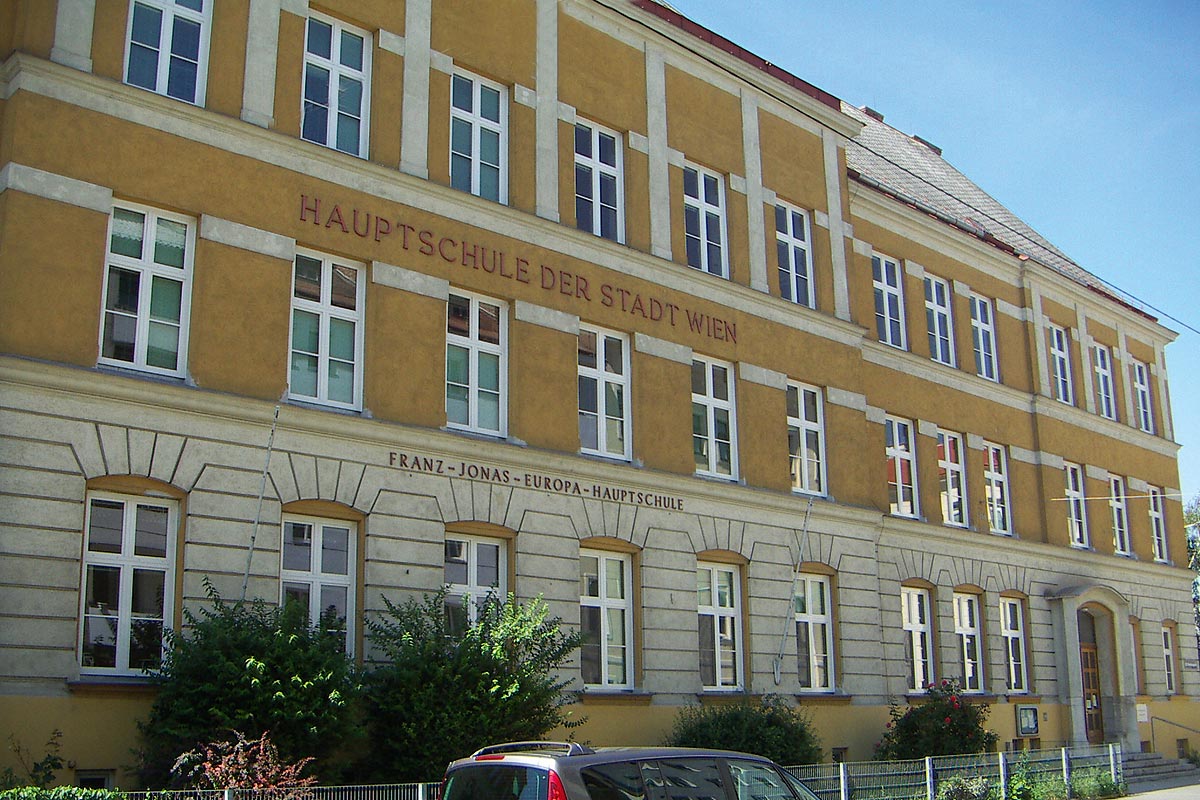Every year the central government and the Austrian provinces invest several million Euro in maintaining school buildings. Thus there is plenty of potential for reducing greenhouse-gas emissions. To date, though, this potential is lying fallow, as no comprehensive strategies involving criteria for energy efficiency are available to the policymakers. With a typical “Gründerzeit” Viennese school (built in 1898) as a starting-point, researchers at the Energy Department in AIT, the Austrian Institute of Technology, have investigated innovative approaches to turning such buildings into net suppliers of energy.
The goal of the technical feasibility study was to marry pioneering energy strategies to structurally and architecturally valid solutions, and to identify renovation strategies that can be transferred to similar school buildings. Comprehensive analysis has established that renovating schools to energy surplus standard is feasible from the structural, spatial-functional and energy points of view. Thermal renovation, coupled with around 400 m2 of PV panels and 30 m2 of solar collectors, results in a negative balance of primary energy over a full year for the building investigated. Outlays on energy could thus be reduced by approx. 50,000 Euro per annum.
To put such model school renovation projects into practice, there is a need for new funding arrangements (such as public-private partnerships, contracting or intracting) and modified grants schemes and/or new financing mechanisms geared to promoting innovation (e. g. in the shape of an energy efficiency fund for public buildings).

AIT Austrian Institute of Technology, Energy Department, Foto © krischanz.zeiller/AIT
Doris Österreicher
AIT Austrian Institute of Technology, Energy Department
